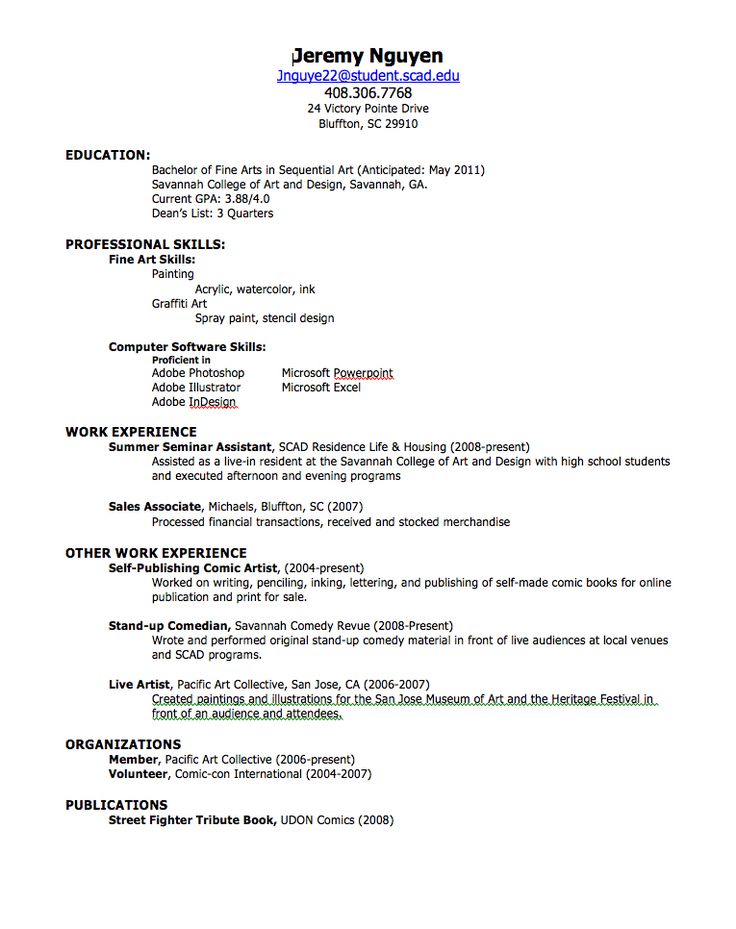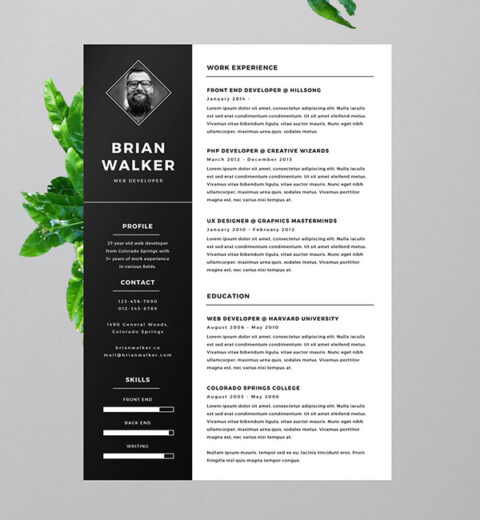Have you ever felt the weight of expectation pressing down on you as you glance at a job listing, realizing you need to craft the perfect resume from scratch? It can feel daunting, especially if you’re standing at the beginning of your professional journey or switching to a new field. The question then arises—how do you compile your experiences, skills, and aspirations neatly into a document that captures an employer’s attention while reflecting your unique persona?
The process of resume creation can be considered both an art and a science. It requires self-reflection, attention to detail, and a strategic approach to present one’s qualifications convincingly. But fear not; embarking on this task is achievable with thoughtfully conceived steps. Allow this guide to navigate you through the myriad elements necessary to construct an impressive resume from the ground up.
1. Understanding Resume Basics
To begin, it’s essential to familiarize yourself with the fundamental structure of a resume. Typically, resumes contain the following sections:
- Contact Information: Your name, phone number, email, and optionally, your LinkedIn profile or personal website.
- Objective or Summary Statement: A brief introduction that encapsulates your career goals and highlights key accomplishments.
- Education: Details on your educational background, including institutions attended, degrees earned, and notable honors.
- Work Experience: A list of previous jobs, internships, or volunteer positions, emphasizing responsibilities and achievements.
- Skills: A summary of relevant technical and soft skills.
- Additional Sections: This may include certifications, awards, languages, or professional affiliations.
Armed with this knowledge, one can begin the intricate process of crafting a standout resume.
2. Initiating Self-Reflection
Before putting pen to paper, or fingers to keyboard, take a step back and reflect. What experiences have you had that are relevant to the job you’re seeking? Engage in a thoughtful assessment of your skills, both hard and soft. Hard skills might include knowledge of programming languages or data analysis, while soft skills could be effective communication or teamwork.
Jot down every relevant tidbit; they may later serve as the foundation of your resume. This reflective practice can also help you articulate your career goals more clearly. Ask yourself, what do you want to achieve in your future role? This clarity will guide your resume’s tone and direction.
3. Researching Job Descriptions
Once you have a comprehensive understanding of your qualifications, immerse yourself in the world of job descriptions. Analyze the listings for the positions you desire carefully. Identify recurring keywords, required skills, and core responsibilities that align with your background.
Such insights will illuminate what potential employers are seeking. Moreover, they will enable you to tailor your resume explicitly to each application, thereby increasing your chances of catching the recruiter’s eye. Incorporate these keywords into your descriptions, ensuring your resume speaks their language.
4. Design and Format Considerations
The visual layout of your resume is critical. A clean, professional appearance can significantly impact how your information is perceived. Opt for a simple format that enhances readability. Standard fonts like Arial or Times New Roman in 10-12 point size are advisable for clear communication.
Use plenty of white space to create a sense of order. Consider organizing sections clearly, using bullet points for accomplishments, and ensuring alignment for a polished finish. The art of balance between aesthetics and information clarity cannot be understated; it serves as a precursor to the content of your resume.
5. Crafting Each Section
Now, the heart of the resume creation process lies in meticulously crafting each section:
Contact Information: This is straightforward. Ensure your email address is professional. Avoid embarrassing usernames from your teenage years.
Objective or Summary Statement: Customize this to reflect your aspirations and what you bring to the table. Avoid clichés and be specific. For example, rather than saying, “I am hardworking,” elaborate on how your tenacity helped a previous employer achieve specific goals.
Education: Include details about your degrees, institutions, and any relevant coursework. If you graduated with honors, don’t forget to mention it.
Work Experience: When detailing past positions, focus on accomplishments rather than chores. Use action verbs and quantify where possible; for instance, stating “increased sales by 20%” is far more impactful than “responsible for sales.”
Skills: List skills that are both pertinent to the job and those that establish you as a well-rounded candidate. Develop a balance between hard and soft skills that correctly reflects your capabilities.
Additional Sections: Certification, awards, or volunteer work can show commitment and versatility. Tailor this section to include what resonates most with the job you seek.
6. Proofreading and Feedback
After drafting your resume, the importance of proofreading cannot be overstated. Spelling and grammatical errors can derail even the strongest candidates. Employ tools like grammar checkers, but also read through your document multiple times to catch errors an algorithm might miss. Consider having a friend or a mentor review your resume for an extra set of eyes. They might provide insights that enrich your presentation.
7. Customization for Each Application
Finally, with your resume polished, don’t forget the importance of customization. Each job application should prompt a revisit to your resume. Tailoring it to match the keywords and requirements of the job listing will dramatically increase your chances of making an impression.
Thus, the journey to craft a resume from zero may start with apprehension, yet armed with knowledge, clarity, and attentiveness, it can evolve into an enriching experience. By reflecting on your skills, researching the market, and strategically formatting your documentation, you can transform your narrative into one that resonates with prospective employers. The road may be long, but with determination and a methodical approach, your ideal job could soon be within reach.




